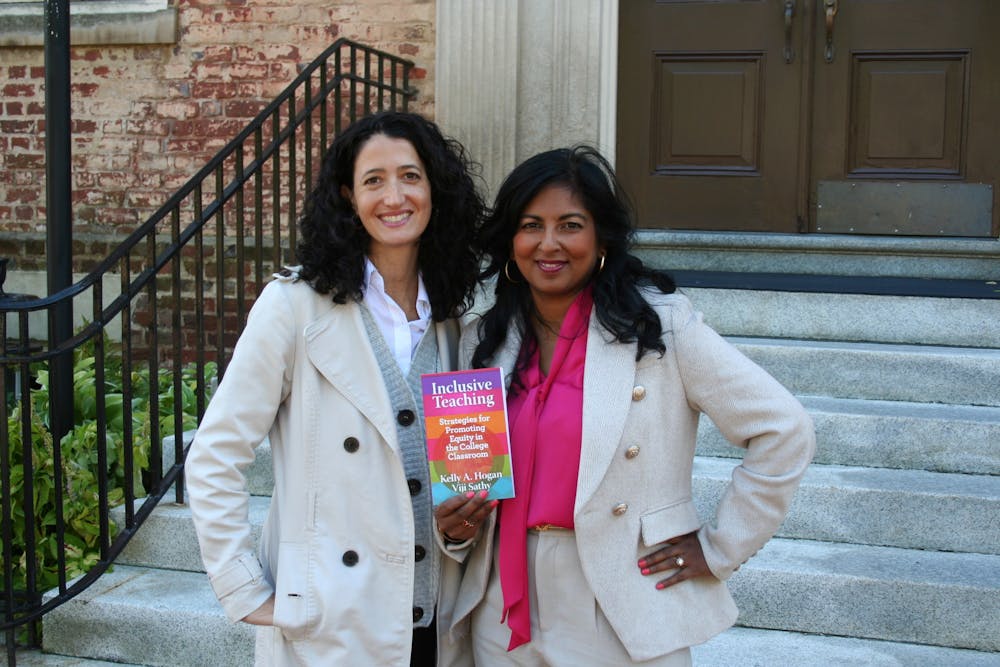All the students who start out in a class often do not make it until the end of semester. A new book by two UNC professors is seeking to change this.
Viji Sathy and Kelly Hogan are the authors of "Inclusive Teaching: Strategies for Promoting Equity in the College Classroom."
“Look to your left. Look to your right. You all are going to help each other through this course, through this curriculum, whatever it is — we're all a team, and that includes us as instructors and helping you understand the material,” Sathy, professor of the practice in the UNC Department of Psychology and Neuroscience, said.
Sathy and Hogan define inclusive teaching as a framework or mindset based on the idea that learning is not left to chance in a group of diverse students — who differ not only in race, gender or ethnicity, but also in other parts of their identifies and backgrounds.
“We think about introverts,” Hogan, a UNC biology professor, said. “We think about people who might have imposter syndrome. We think about first-generation college students, students from small rural towns. We like to think about how all of those students are being incorporated into a classroom in a way that feels safe and comfortable.”
Sathy said diversity in class is an asset and important for learning.
“We don't want to ever blame students for being different and coming to us with these different experiences,” Sathy said. “We want to think about what role we play as educators in leveling the playing field.”
The book, published in August , discusses the experiences and successes Sathy and Hogan have had with inclusive teaching, with a variety of diverse student events, blended with anecdotes and research. Hogan and Sathy both received their doctoral degrees from UNC.
Hogan said she found it important to write a book that was accessible and practical to readers, especially to college instructors of STEM, arts or the social sciences — many who may not have had extensive training in the field of education.




